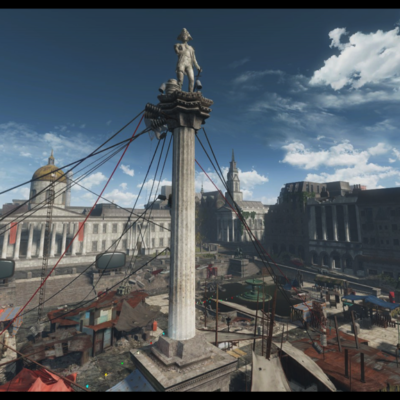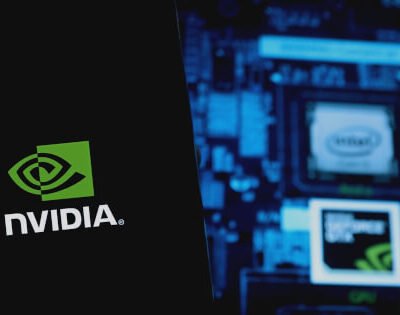
For months Elon Musk has been blaming high interest rates for his softening sales growth despite evidence showing that half of all new car buyers in America can afford his EVs. Now, Rivian founder RJ Scaringe joined the chorus, pinning the fault for his firing of every tenth employee indirectly on Federal Reserve chair Jay Powell.
In a statement, the CEO sought to assure investors that Wednesday’s announced layoffs combined with flat 2024 sales guidance and billions more in expected losses wasn’t a warning sign demand had peaked. Just the opposite, he emphasized the EV market remained in its infancy with 1.5 billion combustion engine vehicles on the world’s roads still to be replaced by clean, zero-emission cars like his R1S sports utility vehicle.
“We firmly believe in the full electrification of the automotive industry, but recognize in the short term the challenging macroeconomic conditions,” he said, citing broader headwinds outside of his control.
Yet the Irvine, California-based automaker almost exclusively depends on customers in the U.S., where equity markets hit new record highs this month amid robust ongoing strength in the labor market and a gross domestic product expanding at a faster pace than anywhere else in the industrialized world. Even Fox News host and former Trump economic advisor Larry Kudlow admitted he had trouble finding fault in the data.
‘Historically high interest rates’
So what exactly are these challenges Scaringe blames then? During the investor call he was more specific.
“Our business is not immune to existing economic and geopolitical uncertainties, most notably the impact of historically high interest rates, which has negatively impacted demand,” Scaringe said.
It’s true that big ticket items like cars are more sensitive to rates, which are predicted to remain higher for longer to prevent the U.S. economy from overheating. But Rivian caters to a well-heeled crowd of brand-conscious tech enthusiasts that can afford premium priced vehicles, including his R1T pickup and R1S.
If you listen more closely, Scaringe revealed some of his customers are simply tired of waiting years in some cases for their car or their lifestyle requirements may have shifted in the meantime due to different choices. Incumbents failing to deliver attractive EVs hasn’t helped to raise interest in the sector, either, he added.
Unfortunately for the overall industry, Tesla has soaked up most demand from higher income early adopters in the U.S. market, a group upon which Rivian depends. That’s why its longer-term future hangs on the outcome of the March 7 unveiling of its competitor to Tesla’s Model Y, the new R2 mid-size SUV that will spearhead its global expansion. It’s no understatement to say this is a make-or-break model for Rivian.
“There is a lack of choice of highly compelling EV products in that $45,000-$55,000 price range, recognizing the average price of a new vehicle transaction was around $48,000,” he said. “We remain very bullish on the R2 segment and the R2 product itself.”
Avoiding comparisons
In a bid to avoid ongoing comparisons with Tesla and whether Rivian can outcompete Musk’s company, Scaringe sought to shift focus to the promise of hypergrowth by framing EVs as a product relevant for the remaining 93% of car buyers who haven’t adopted the technology due to considerations like range and charging infrastructure.
Much like some of Rivian’s customers, investors once dazzled with fantasies of an unimaginably high “total addressable market” do not have the same outlook as they did when they bought into the company’s IPO at the peak of the EV bubble.
Scaringe has little choice now but to look for savings, and this is forcing him to take a giant risk. A major event that will determine the company’s performance this year is a massive multi-week shutdown of production at Rivian’s R1 manufacturing plant in Normal, Ill. Scaringe aims to onboard new suppliers and jettison others in an attempt to reduce material costs and boost assembly line speeds.
Even after work is completed, the slog to coordinate the subsequent ramp-up will affect production in the second half as well. As a result, output this year is predicted to stagnate at 57,000 vehicles, after more than doubling in 2023.
If all goes well, however, the company should exit the year with what he called a “modest” fourth-quarter gross profit. Underlying annual operating losses are forecast to narrow to $2.7 billion from $4 billion last year.
Overall, however, the reality of stagnant sales for a growth stock expected to continue booking heavy losses amid continued executional risk will likely dim investor enthusiasm. Shares are set to open 15% lower on Thursday when trading begins.




